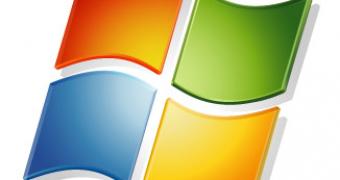A major update is coming to Windows Vista Service Pack 1 and Windows XP Service Pack 3, but Microsoft guarantees that end users won't feel a thing. However, they will enjoy the benefits introduced by the refresh, as the very back-end updating infrastructure of the Windows clients will be kicked up a notch along with the Windows Update agent. Michelle Haven, Product Manager, WU, informed that the update to Windows Update would start being rolled out at the end of July, and that the process would continue during the next few months. Both the WU infrastructure and the Windows Update client-side code will be refreshed delivering a boost in performance, reliability, a higher level of operation, and of service quality.
"So what are we doing this time? Well, this particular update won't really change the way the client looks or feels to you, but you may notice some improvements in the length of time it takes Windows Update to scan for updates and how quickly you'll receive signature updates. For example, in this update, we've invested heavily in reducing the amount of time it takes the Windows Update agent to scan to see if new updates are available. In this case, we've seen some instances of the scan times on some machines decreasing almost 20 percent," Haven revealed.
Microsoft informed that Windows XP and Windows Vista copies (including SP3 and respectively SP1, but not limited to these two service packs) with the WU settings configured to any option except "Never check for updates" or "Turn off Automatic Updates" would be delivered the refresh automatically. As long as the Windows Update client is not switched off, it will update itself, and the necessary download and install updates will continue to function under normal parameters.
"The reason Windows Update issues infrastructure updates in this way is to ensure that users are able to successfully check for updates and/or receive expected notifications. If Windows Update wasn't able to do this, it may cause some users to believe that they have all of the latest security updates even though there was no installation and/or notifications of updates. To avoid a false sense of security, the Windows Update client automatically checks for and installs any available infrastructure updates anytime a system uses the Windows Update service, independent of the settings for how it handles updates," Haven added.

 14 DAY TRIAL //
14 DAY TRIAL //